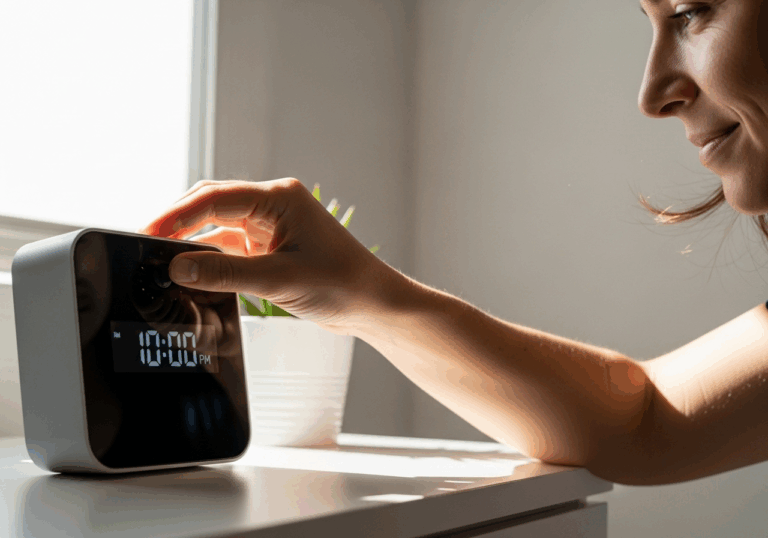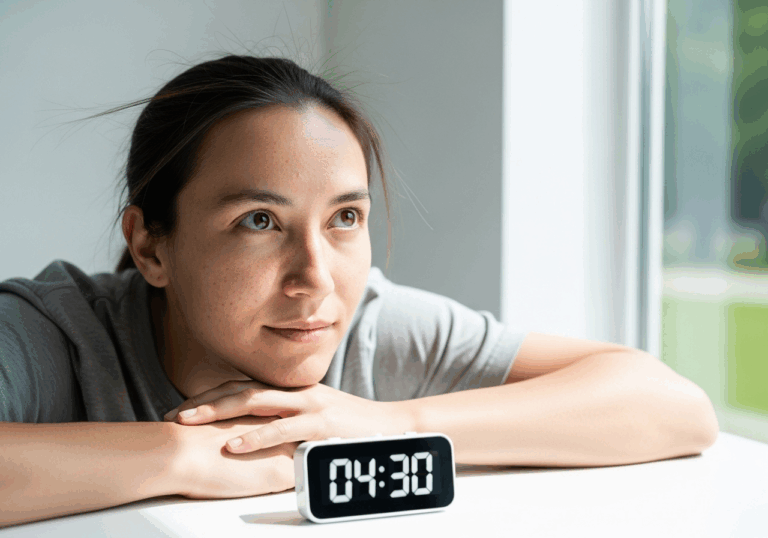Science-Backed Tips
Limit Smartphone Use to Boost Mental Health
Reducing screen time to under 2 hours lowers depressive symptoms by 28.8%.
📊 Did you know?
💡 Why It Matters
1️⃣
Regulating smartphone use can lead to a significant reduction in depressive symptoms among adolescents.
2️⃣
Improved mood and reduced suicidal thoughts can enhance overall quality of life for young individuals.
3️⃣
Understanding the impact of screen time can inform public health strategies aimed at improving adolescent mental health.
✅ Try These Micro-Tips
🎯
Limit social smartphone use to under 2 hours per day.
🎯
Engage in non-screen activities for at least 30 minutes daily.
🎯
Set specific times for smartphone use to avoid excessive engagement.
🎯
Encourage face-to-face interactions to reduce reliance on social media.
📚 The study
The findings revealed that those who spent over 4 hours a day on their devices faced a staggering 28.8% increase in depressive symptoms.
Conversely, adolescents who limited their social smartphone use to under 2 hours daily reported improved moods and fewer suicidal thoughts.
This highlights a critical insight: the purpose and duration of screen time are pivotal in shaping mental health outcomes.
By regulating smartphone use, we can significantly enhance the quality of life for young individuals, paving the way for healthier emotional states.
Understanding these dynamics is essential for developing effective public health strategies aimed at improving adolescent mental health.
As we navigate an increasingly digital world, prioritizing mental well-being through mindful smartphone use becomes not just beneficial but necessary for our youth’s future.
❓ Frequently Asked Questions ❓
Learn more
How does limiting smartphone use affect adolescent mental health?
Limiting smartphone use to under 2 hours per day can lower depressive symptoms by 28.8%. This reduction helps improve mood by minimizing exposure to social stressors and screen fatigue.
What was the sample size of the study on smartphone use and mental health?
The study surveyed 60,000 South Korean students aged 12 to 18. This large sample size provides robust insights into the impact of smartphone use on mental health.
What is the recommended daily limit for smartphone use to improve mood?
The recommended daily limit for smartphone use is under 2 hours. Staying within this limit is associated with better mood and fewer depressive symptoms.
What are the odds of depressive symptoms for adolescents using smartphones over 4 hours daily?
Adolescents using smartphones for over 4 hours daily have 28.8% higher odds of experiencing depressive symptoms. This statistic highlights the risks associated with excessive smartphone use.
How does social smartphone use differ from non-social use in terms of mental health?
Social smartphone use, particularly when limited to under 2 hours, is linked with better mood and fewer suicidal thoughts. In contrast, excessive social use can contribute to negative mental health outcomes.
What non-screen activities are recommended for adolescents?
Engaging in non-screen activities for at least 30 minutes daily is recommended. These activities can help improve overall mental well-being and reduce reliance on screens.
How can adolescents manage their smartphone use effectively?
Setting specific times for smartphone use can help avoid excessive engagement. This strategy encourages more balanced use and promotes healthier habits.
Why is it important to encourage face-to-face interactions among adolescents?
Encouraging face-to-face interactions can reduce reliance on social media and improve social skills. These interactions are vital for emotional support and overall mental health.
What impact does screen time have on public health strategies?
Understanding the impact of screen time can inform public health strategies aimed at improving adolescent mental health. Effective regulation of smartphone use can lead to significant improvements in youth well-being.
What are the long-term benefits of regulating smartphone use in adolescents?
Regulating smartphone use can lead to improved mood and reduced suicidal thoughts, enhancing overall quality of life. These long-term benefits contribute to healthier, happier adolescents.





